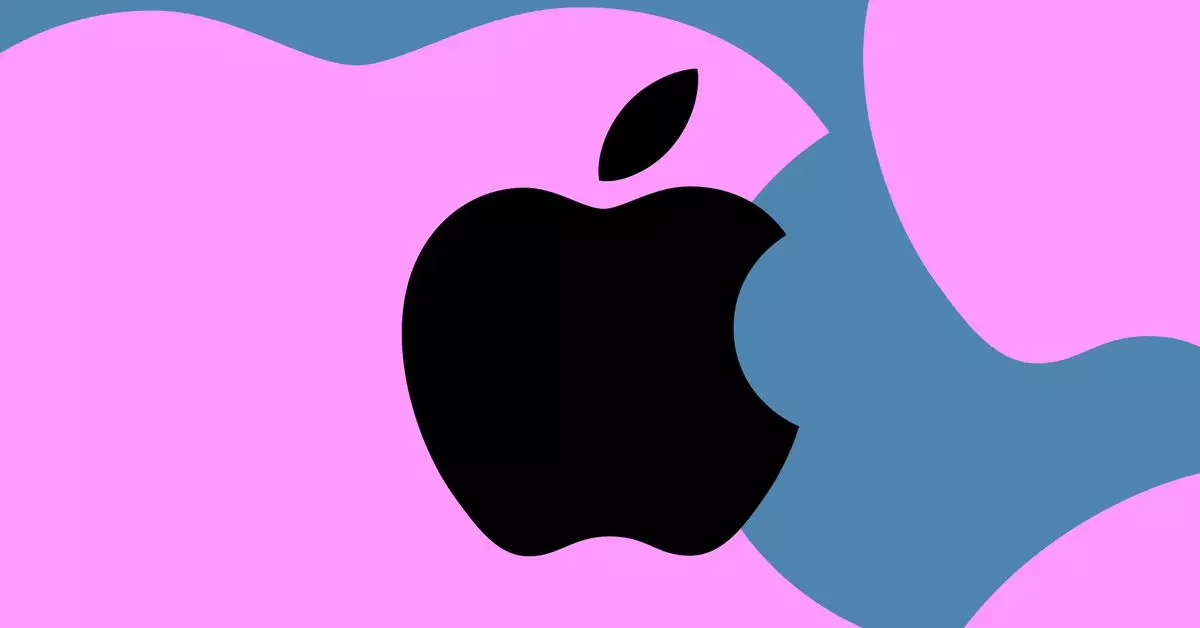For tech enthusiasts and industry insiders, Apple’s relentless pursuit of greater control over its hardware is an exciting, yet complex narrative. The company has been steadily working toward developing its own wireless chips, a move that signifies not only innovation but also a strategic departure from reliance on third-party suppliers like Qualcomm and Broadcom. Analyst Ming-Chi Kuo’s recent statements bring new insights into Apple’s timeline for launching in-house Wi-Fi and Bluetooth chips, hinting at a pivotal transformation in the tech giant’s infrastructure beginning with the iPhone 17.
Kuo’s information suggests that by the second half of next year, the much-anticipated iPhone 17 will be Apple’s first model equipped with its proprietary wireless technology. This significant leap will not only position Apple as a leader in mobile connectivity but also potentially enhance performance, reliability, and integration within its ecosystem. Interestingly, the iPhone SE 4, slated for spring 2025, will initially continue using Broadcom’s Wi-Fi solutions while transitioning to an Apple-designed 5G modem. This gradual integration indicates Apple’s calculated approach to ensuring that all components work seamlessly before fully committing to its technology.
Despite Apple’s ambitions, the path has not been devoid of hurdles. The tech giant’s desire to eschew Qualcomm’s chips dates back to at least 2019, closely tied to the contentious relationship between the two companies. The acquisition of Intel’s modem business was seen as a crucial strategic move to build its own capabilities; however, the timeline has proven challenging. The planned incorporation of new modems was initially aimed for the iPhone 15, but internal delays have pushed the timeline further back. Such setbacks serve as a reminder of the technical complexities involved in modem development, a field that not only requires extensive expertise but also significant time to refine.
As Apple gears up for the introduction of the new iPhone SE, consumers are buzzing with expectations surrounding enhanced features. Speculation suggests that the SE will not only incorporate the much-awaited custom modem but may also debut an OLED screen, a first for the series. Additionally, innovations such as Face ID and enhanced AI capabilities could redefine user experiences. However, it is essential to consider the potential implications these upgrades might have on pricing. With more sophisticated technology comes the chance of increased costs, raising questions regarding market accessibility and consumer willingness to invest in these advancements.
Apple’s decision to develop in-house technologies extends beyond merely adding features to its devices. It marks a strategic shift towards greater autonomy in a fiercely competitive market. By managing the production of essential components, Apple aims not only to enhance performance and integration across its devices but also to mitigate risks associated with supply chain disruptions and pricing volatility. This approach may foster greater innovation while solidifying its competitive edge against rivals who are beholden to multiple suppliers.
Apple’s journey towards manufacturing its own wireless chips symbolizes a significant milestone in its ongoing quest for innovation and independence. As the company edges closer to this goal, the implications for users, the market, and the dark underbelly of tech partnerships will continue to evolve, reshaping how we perceive connectivity in the mobile landscape.

